Malvern Morphologi 4-ID
Malvern Morphologi 4-ID combines automated static imaging for particle size, shape, count with Raman Spectroscopy to enable additional chemical identification analysis.
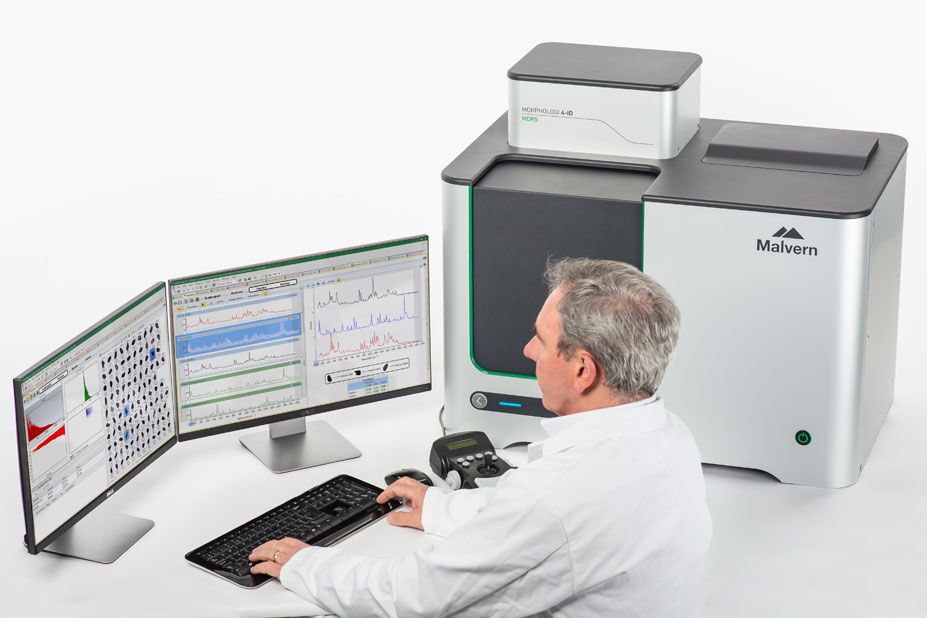

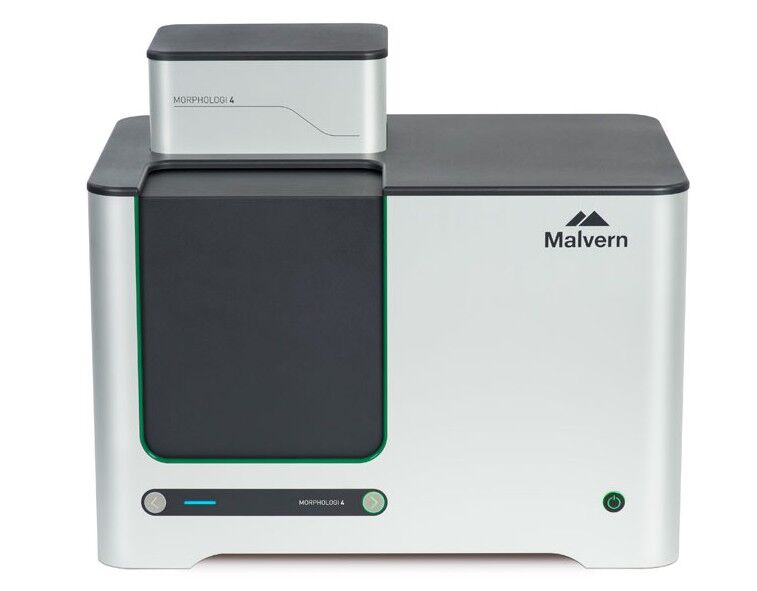
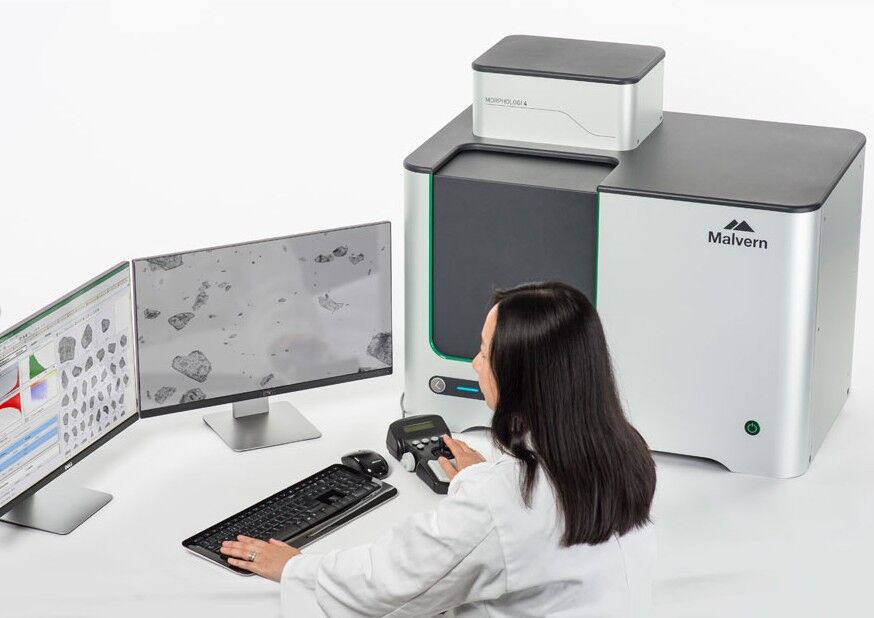
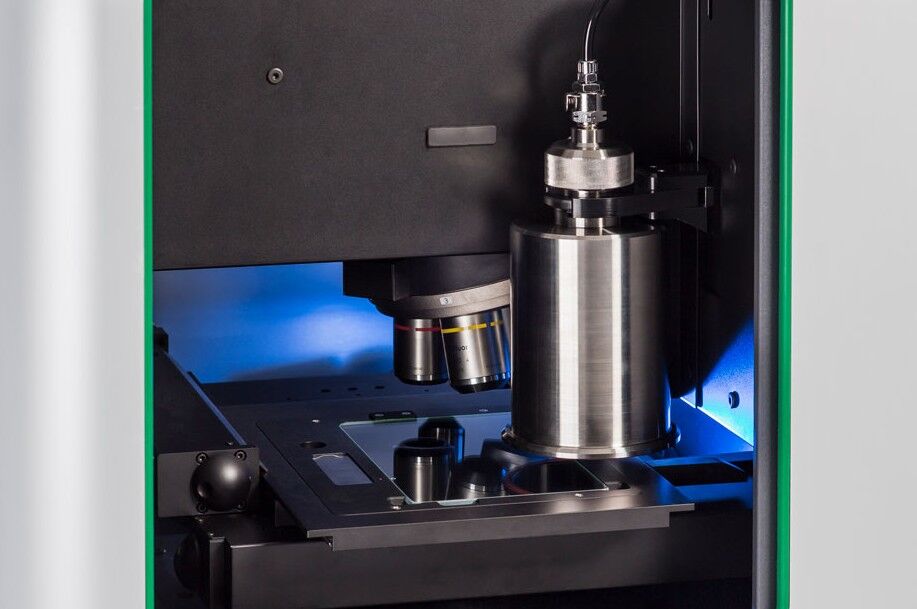
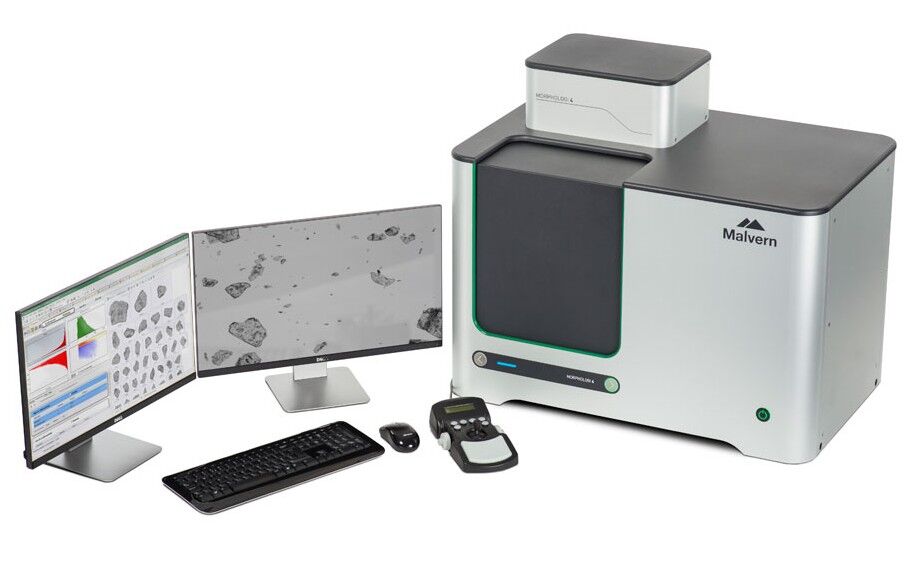
Malvern Morphologi 4-ID
Malvern Morphologi 4-ID combines automated static imaging for particle size, shape, count with Raman Spectroscopy to enable additional chemical identification analysis.
| Manufacturer | Malvern Panalytical |
|---|---|
| Product Series | Malvern Morphologi |
| Measurement principle | Microscopy - Image Analysis + Raman Spectroscopy |
| Application | Particle Shape, Count & Chemical ID |
| Sample type | Powders, suspensions, fibres |
| Particle size range | 0.5µm to >1300µm |
| Particle size parameters | Circle equivalent diameter, length, width, perimeter, area, max distance, sphere equivalent vol, fiber total length, fiber width |
| Particle shape parameters | Aspect ratio, circularity, convexity, elongation, high sensitivity circularity, solidity, fiber elongation, fiber straightness |
| Integrated sample dispersion | Fully automated dispersion with SOP control |
| Detector | 18 MP; 4912 x 3684 pixel colour CCD array; pixel size 1.25 μm x 1.25 μm |
Product Overview
The Malvern Morphologi 4-ID provides a unique capability, combining automated static imaging features of the Morphologi 4 with chemical identification of individual particles using Raman spectroscopy. This fully automated instrument measures particle size, particle shape and chemical identity, all in one platform.
The integrated dry powder disperser simplifies sample preparation by allowing representative sampling and good particle separation. Using compressed air, a small amount of sample is dispersed automatically to ensure any strongly agglomerated materials are evenly distributed while avoiding the damage of fragile particles. Effective dispersion of fibres can also be achieved.
The Morphologi 4-ID uses a powerful microscope with an integrated high signal to noise CCD camera to provide the highest quality images. Particles of interest can be selected based upon size/ shape information from which a Raman spectrum is collected enabling the user to chemically identify specific ingredients or contaminants. Spectra of unknown particles can be directly exported to Bio-Rad’s KnowItAll ® ID Expert software for comparison against its Raman library containing over 13,000 spectra.
The software provides simple operation with automatic selection, targeting and rapid chemical classification of thousands of individual particles. Automated and unattended, the Standard Operating Procedure (SOP) approach delivers substantial time savings by allowing users to get on with other tasks while the instrument completes the measurements.
- Demonstration video
- Benefits
- Applications
- Accessories
Demonstration video
Benefits
- Simple automated operation saves time and frees up resources
Intuitive software provides simple operation with auto selection, targeting and rapid chemical classification of thousands of individual particles. ‘Sharp Edge’ analysis enables detection of even low contrast particles. 21 CFR Part 11 software option ensures regulatory compliance. - Fully automated and easy to use with reproducible sample dispersion
The integrated dry powder dispersion option ensures representative sampling and optimal spatial separation while avoiding damage of fragile particles. - Efficient targeting of particles for chemical identification
Removes operator subjectivity by selecting particles for automated chemical identification based on size and shape and ensures more efficient use of instrument time. - Patented Morphologically-Directed Raman Spectroscopy (MDRS) for automated chemical identification and classification
Morphological imaging combined with a Raman spectrum allows component-specific particle size and shape distributions to be achieved as well as the chemical identification of unknown particulates. By cross-examining a library of reference materials, the unknown materials can be easily characterised.
Applications
- Automation of microscopy methods, eg detection and enumeration of foreign particulates
- Crystallisation engineering and formulation development
- Discovery/R&D screening tool with only mg of sample needed
- Particle size of a specific ingredient
- Contaminant identification using Raman spectroscopy
Accessories
For analysis of particles in suspension
2-slide and 4-slide holder

Allows a few μL of a particulate suspension to be presented using either the 2-slide or 4-slide holder.
 Wet dispersion cell
Wet dispersion cell
Allows between 2 mL and 6 mL of sample for characterising larger suspended particles or where volumetric particle count is important.
 Thin-path wet cell
Thin-path wet cell
It is ideal for applications such as the identification of subvisible particles (upto 100μL) in therapeutics described by guidance in USP <787> and USP <788>.
 25 mm and 47 mm diameter filter holders
25 mm and 47 mm diameter filter holders
Allow samples on filter membranes to be presented directly to the instrument for analysis.
 Fused silica filters and holder
Fused silica filters and holder
Enable the analysis of filtered samples containing low-contrast particles such as
protein aggregates or contaminant particles.
 Twin 35 mm petri dish holder
Twin 35 mm petri dish holder
Provides an alternative means of measuring suspended particles that may be at
risk of being deformed when dispersed into a cell.
Product Enquiry
SPEAK TO OUR AUSTRALIAN AND NEW ZEALAND TEAM
If you would like to enquire about this product, fill out this form and one of our product specialists will contact you shortly.
If you need help in the operation or repair of an instrument then please contact the Customer Help Centre directly.
Please note, product enquiries are only applicable to Australia, New Zealand, Papua New Guinea and Fiji
Or call us instead at (02) 9541 3500




 02 9541 3500
02 9541 3500
